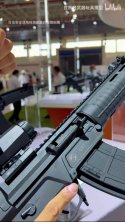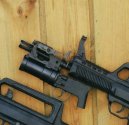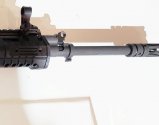But is the mass optics driven by conventional needs or because of fighting insurgents?
The trend began in the tail end of the Cold War. It was accelerated by but not caused by asymmetrical conflicts. The Susat and ACOG were first tested and developed in the era when NATO was expected to be shooting at the advancing red army. What actually being in a fight asymmetrically did was flag infantry as a more important aspect for modernization. The shift to the electric era that has happened post 2000 farther made such more available.
Also some countries rightfully expects Armor superiority like China or Soviet. If you are e.g. Ukraine you should plan for not having Armor support instead.
As proven the Soviet forces/Russian armor support wasn’t the great machine they would have wanted it to be. Afghanistan and Chechen conflicts proved that.
The conflicts in the model East have proven that without proper training tactics and a strong mutual understanding of combined arms. Armored superiority is vulnerable. Hell that should have been a lesson from the first tank battles of WW1.
additionally Ukraine does have armor. Many of the same as or very similar to those of the Russian Army.
However as a definite rule, he whom sees first, acts first and decisively wins.
In infantry fight yes. But China may use the AFV/Artillery for everything beyond 300m.
Any commander worth the position if they know of a target will engage that target with the most expedient means at their disposable. That may be tanks or Artillery or air strikes or long range missiles. That is not unique to the hand full of primer armies.
example the drone strikes made by Azerbaijani forces against Armenian forces proved decisive in the Nagorno-Karabakh conflict.



